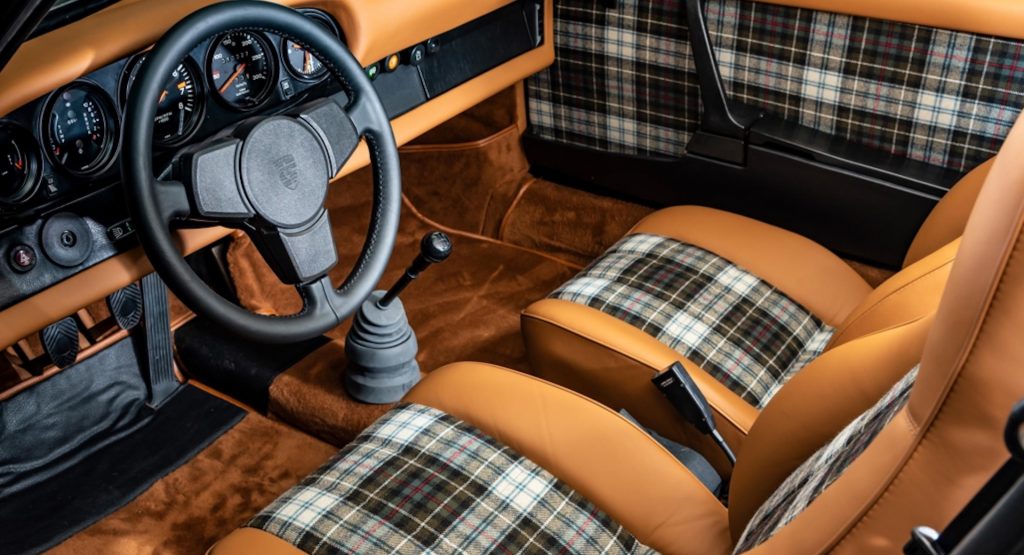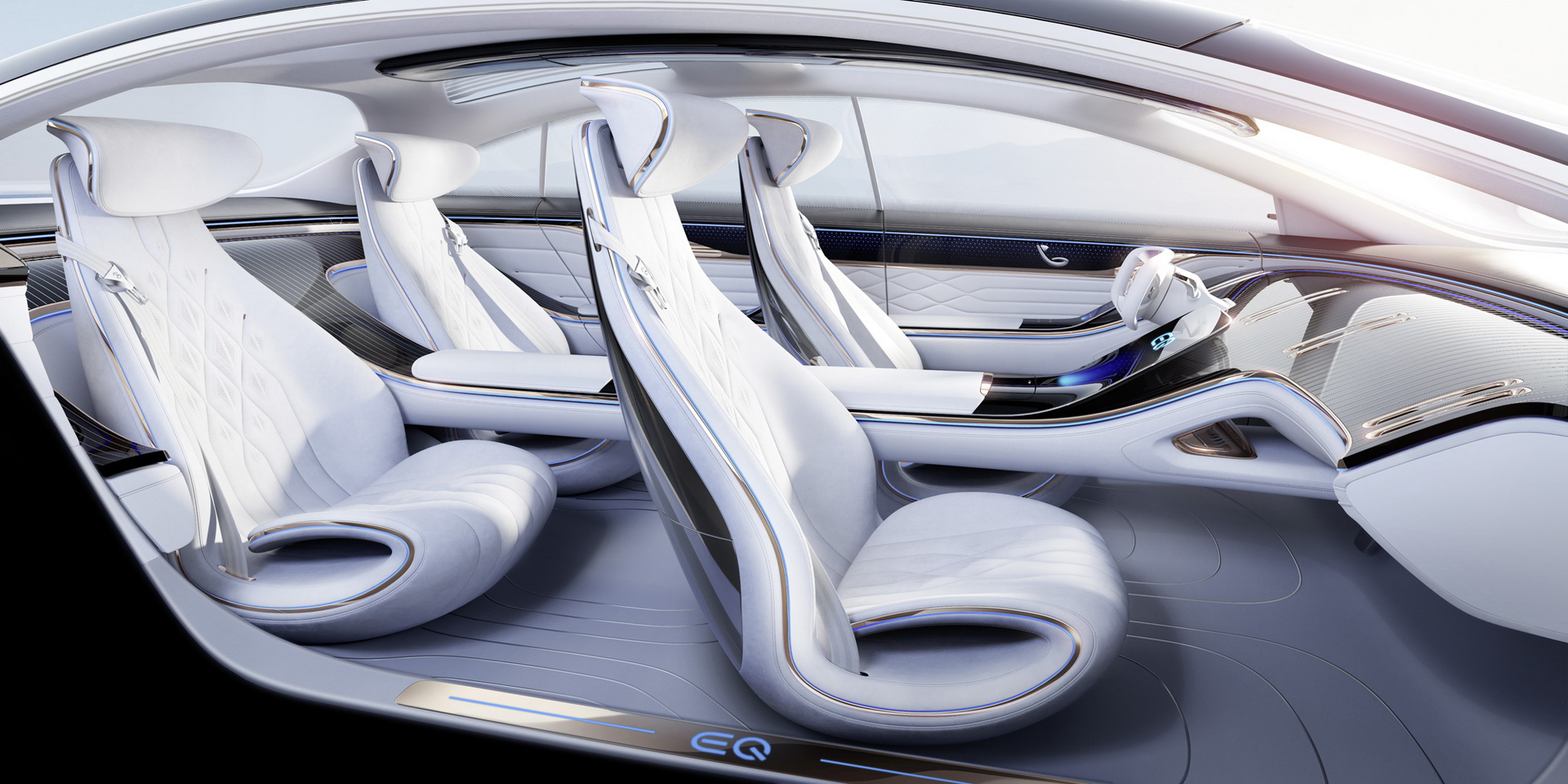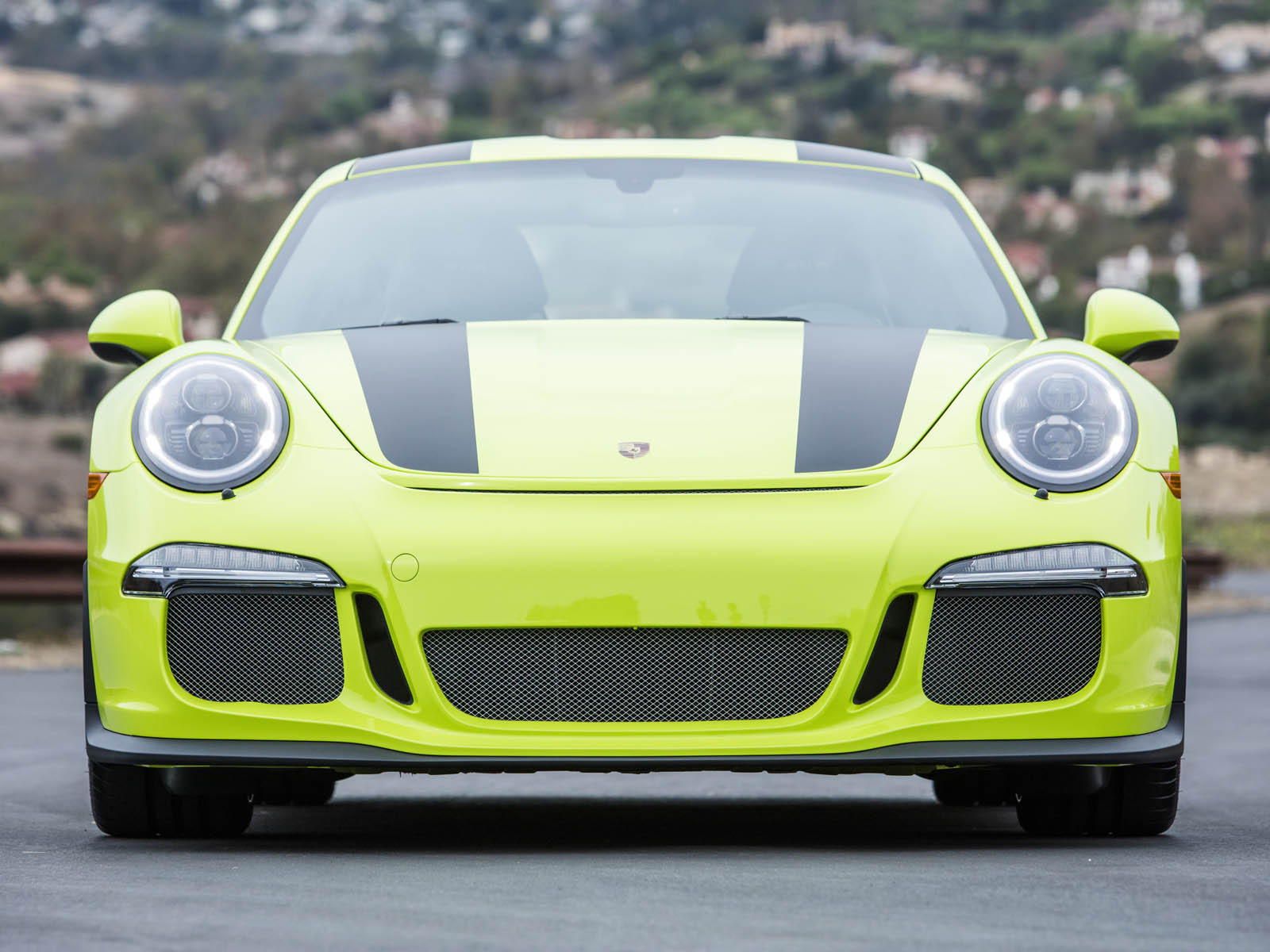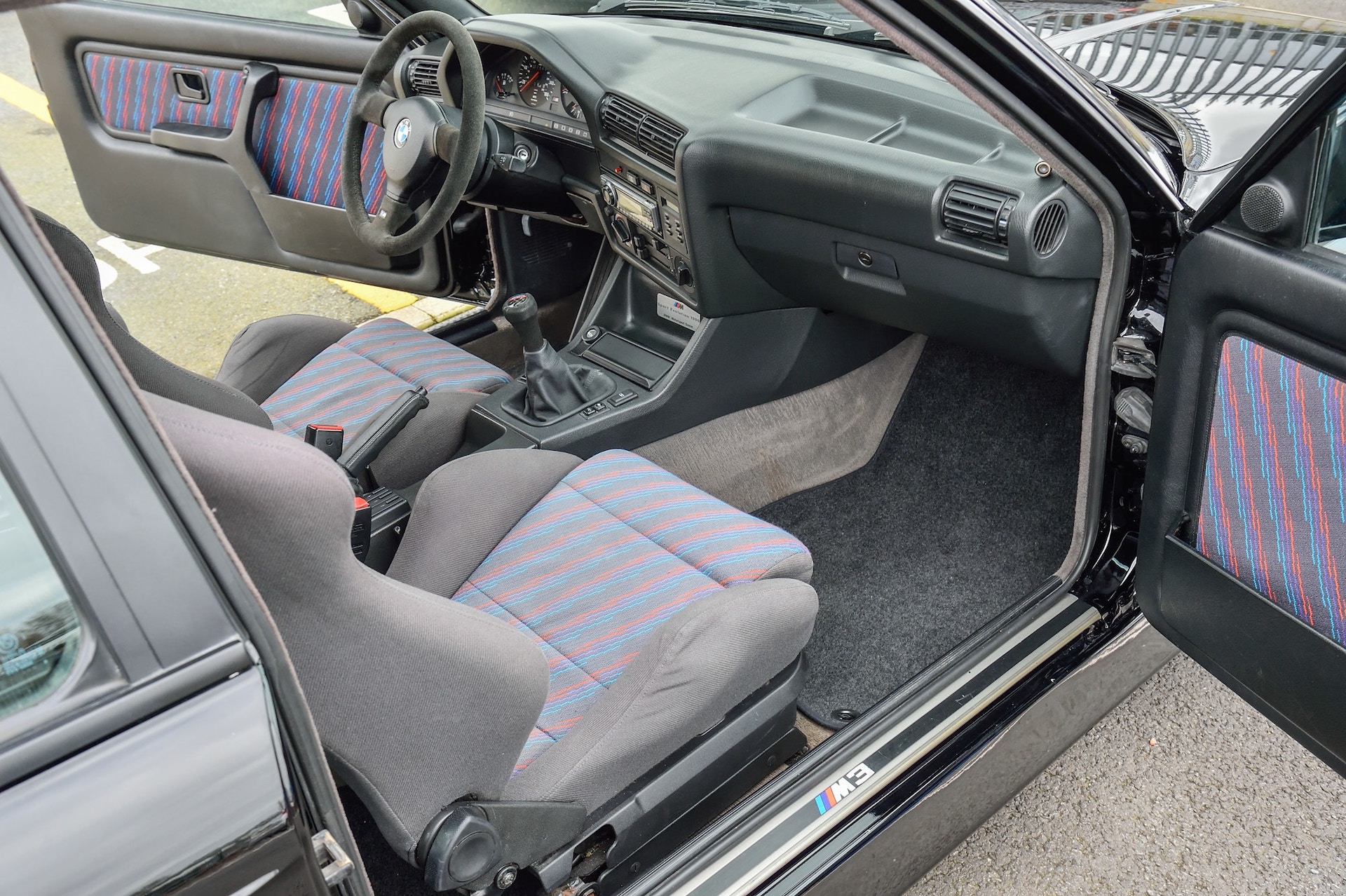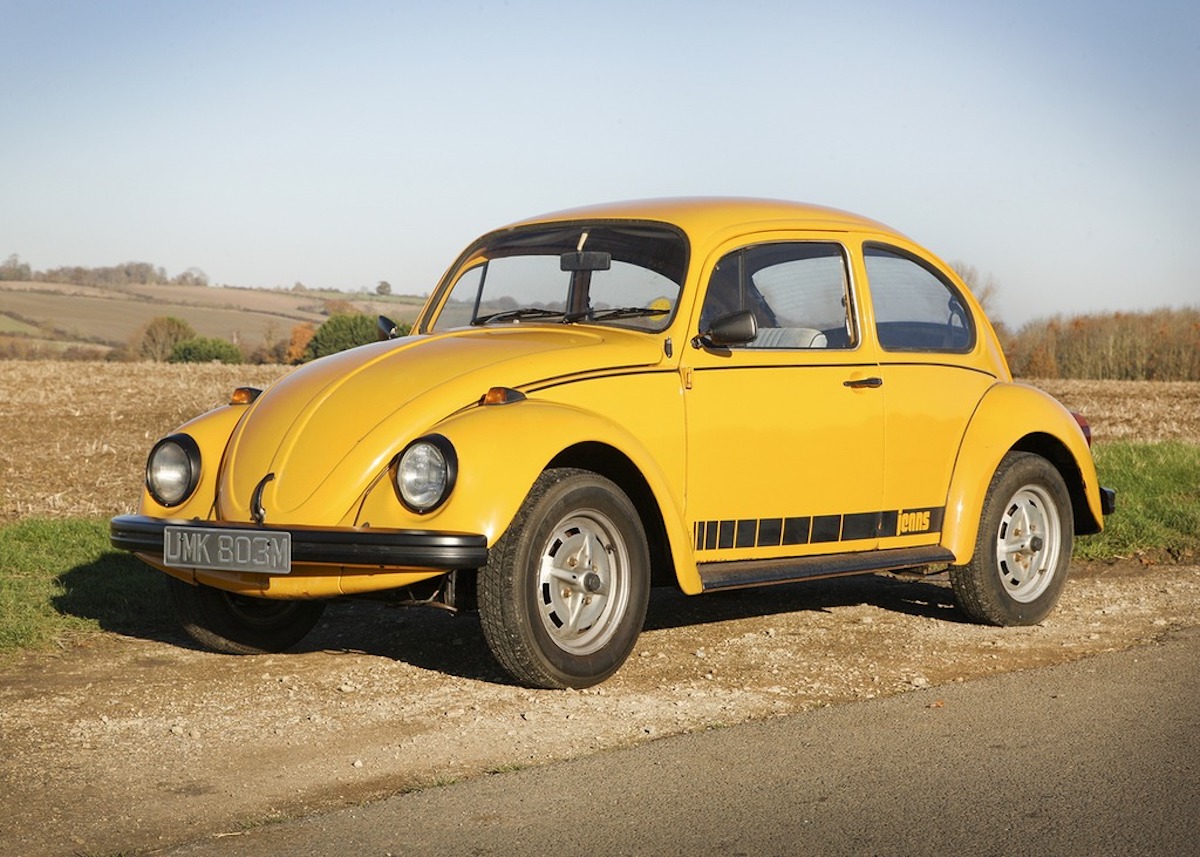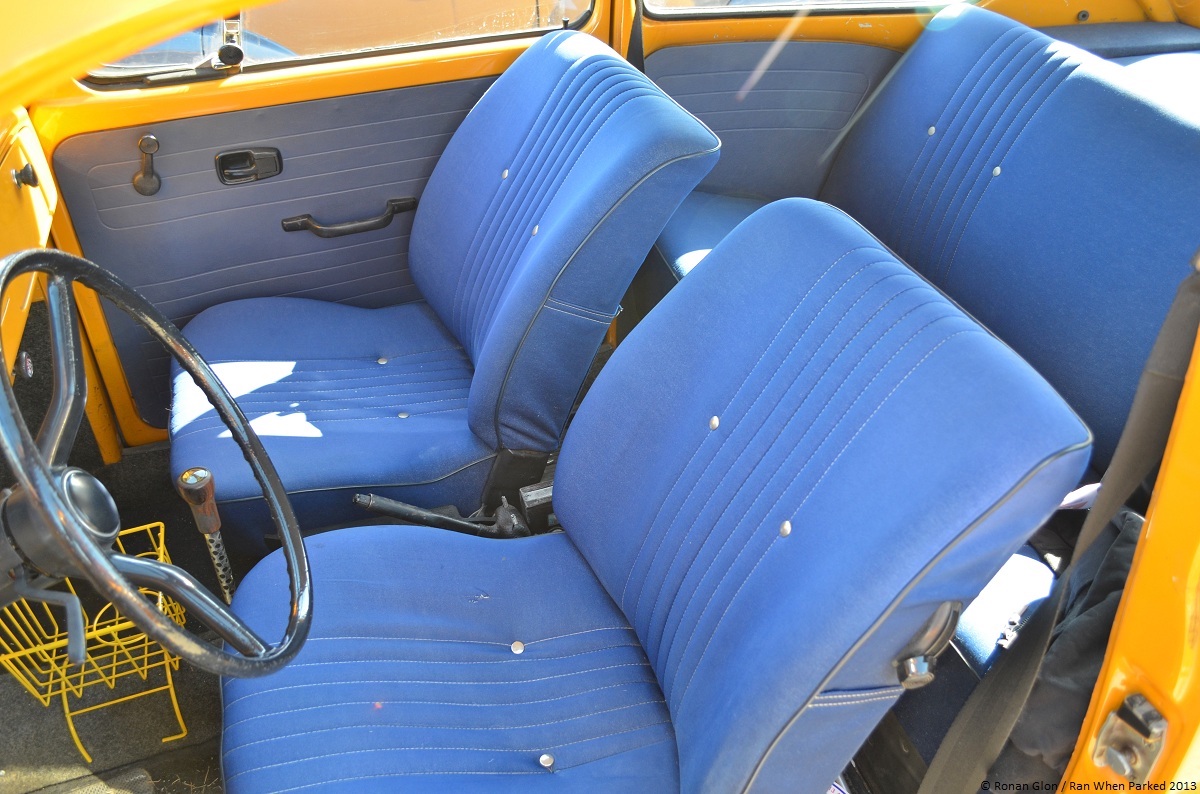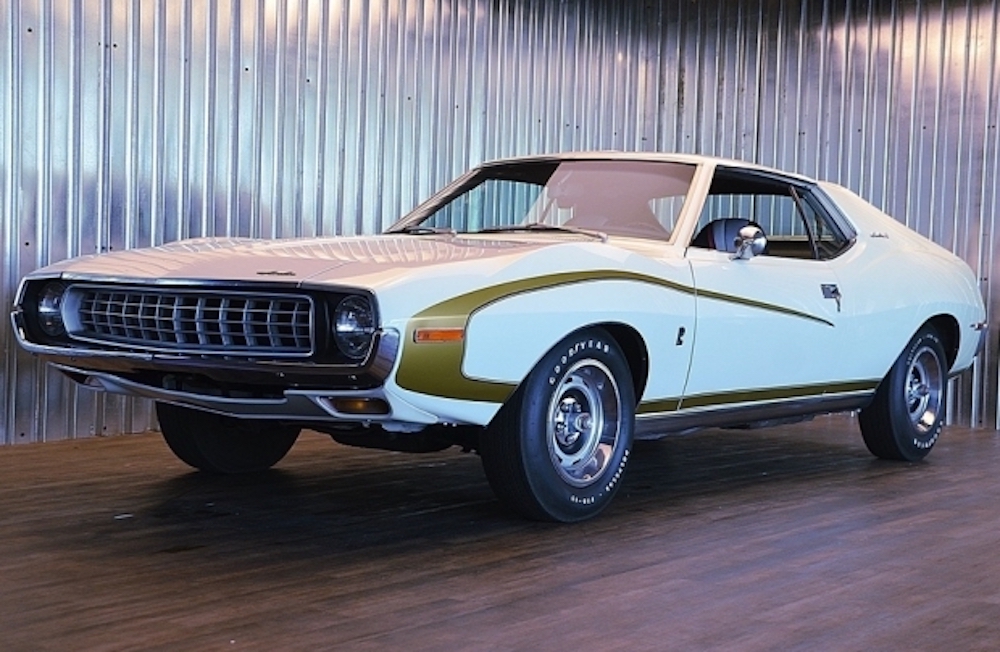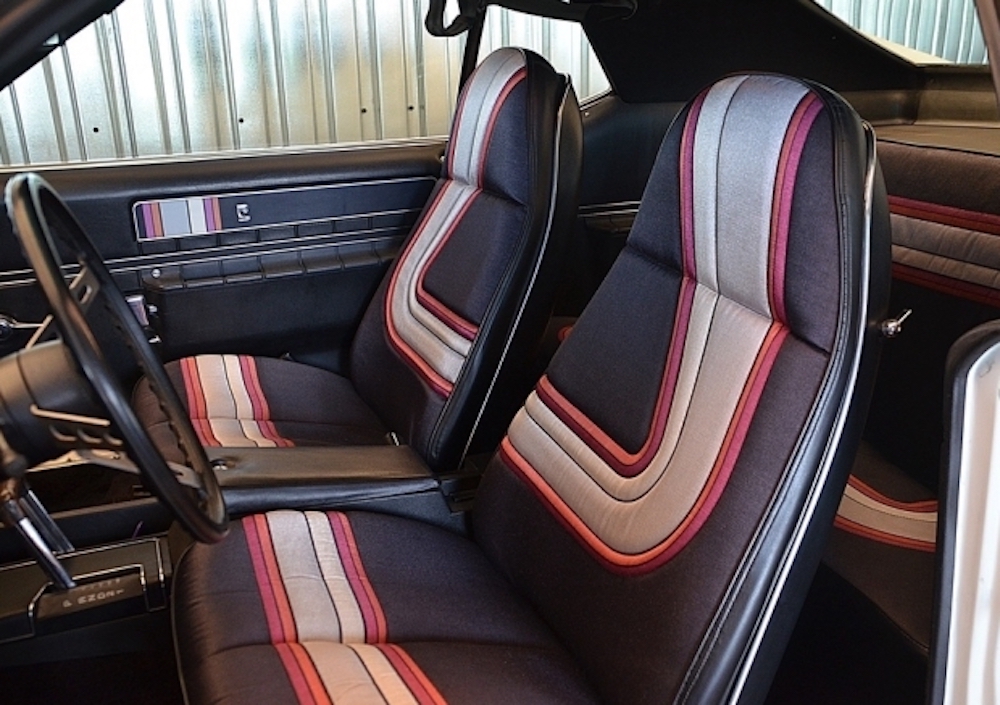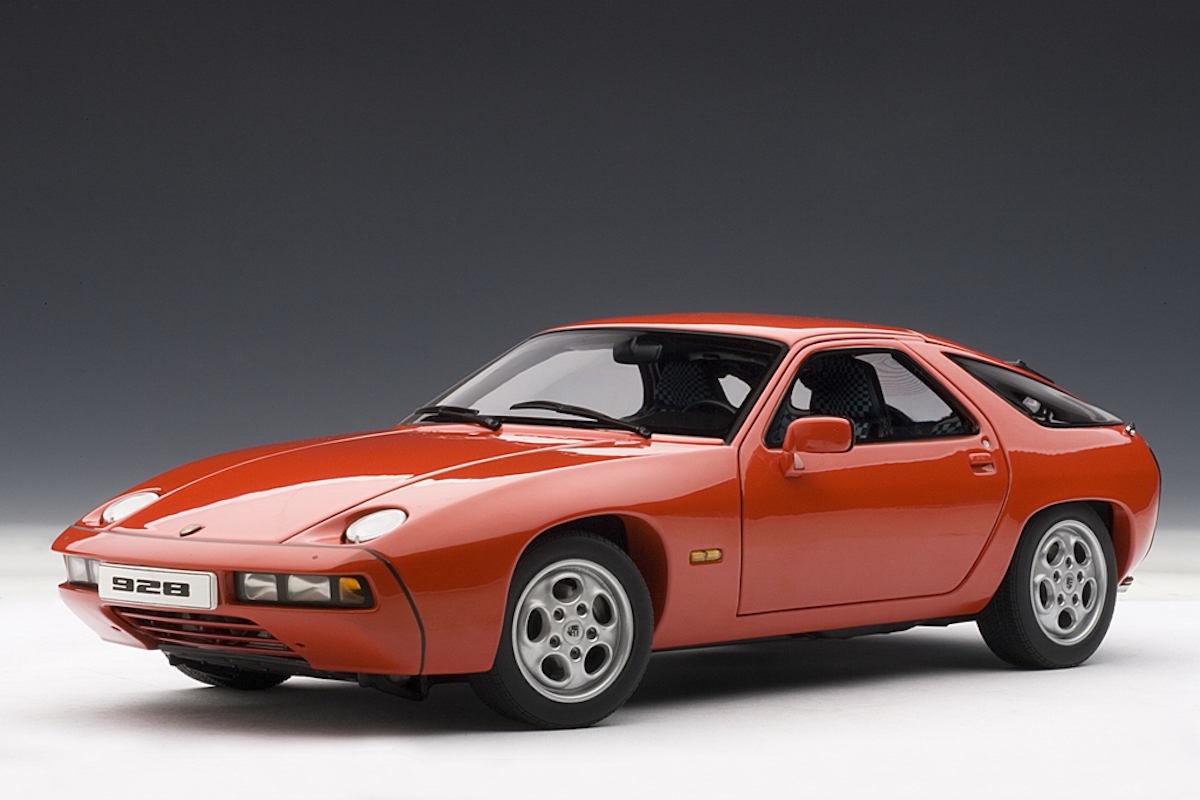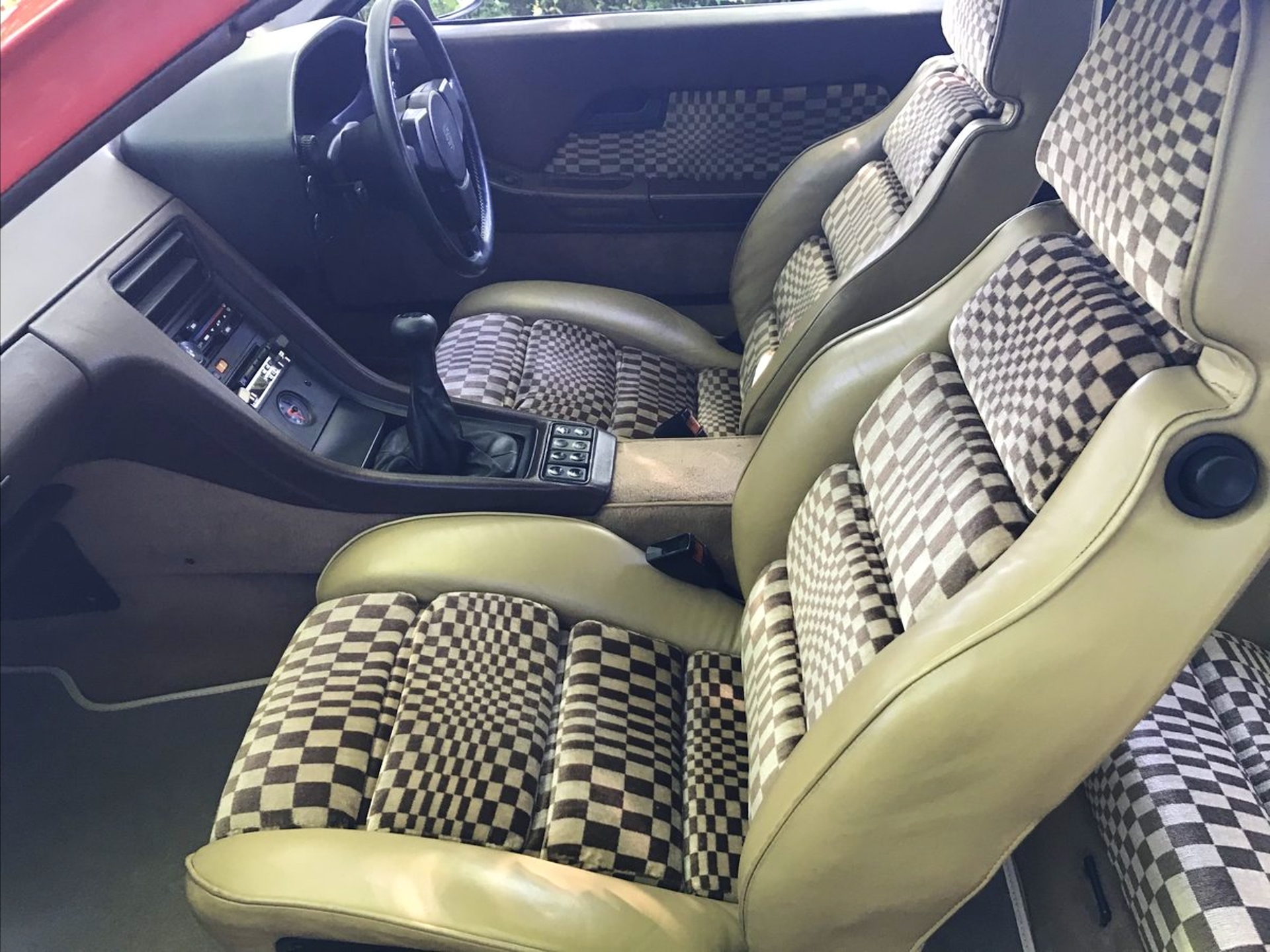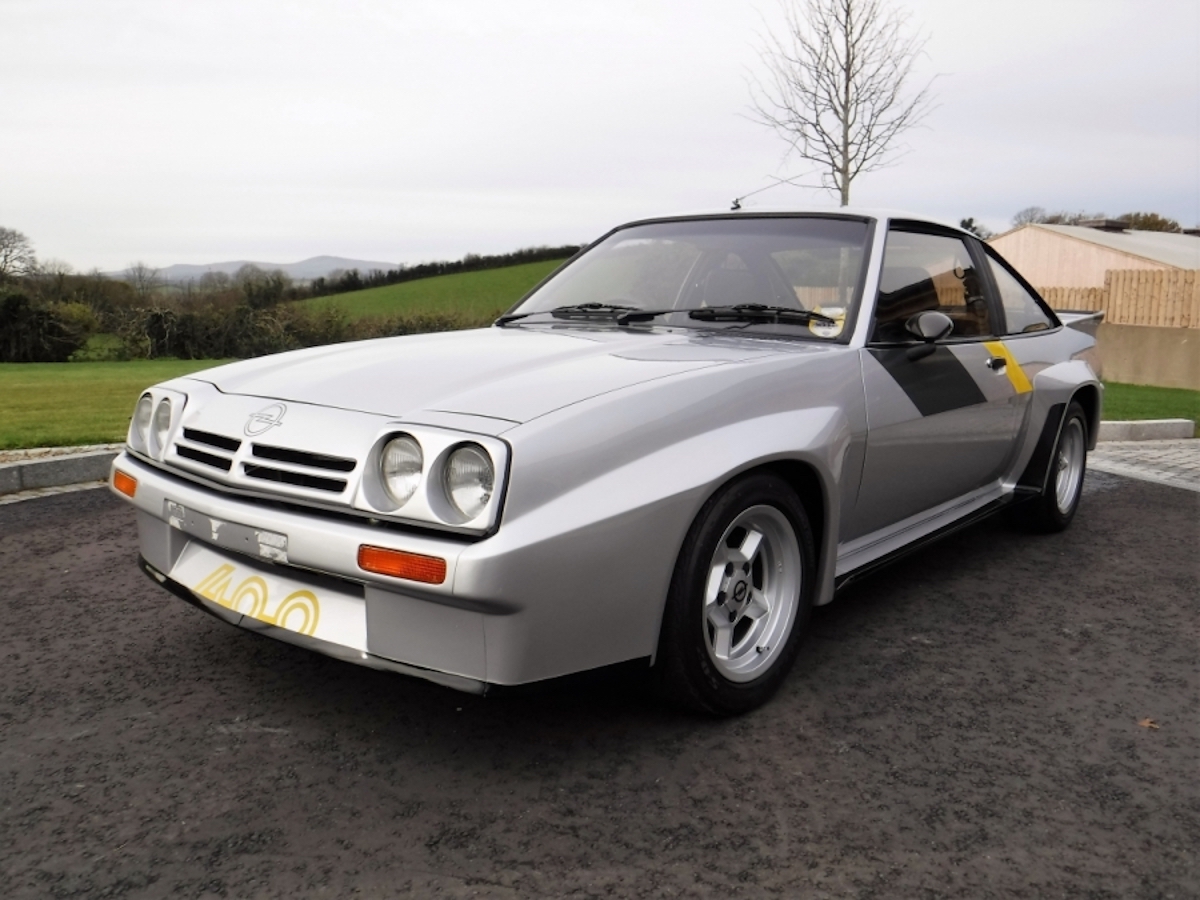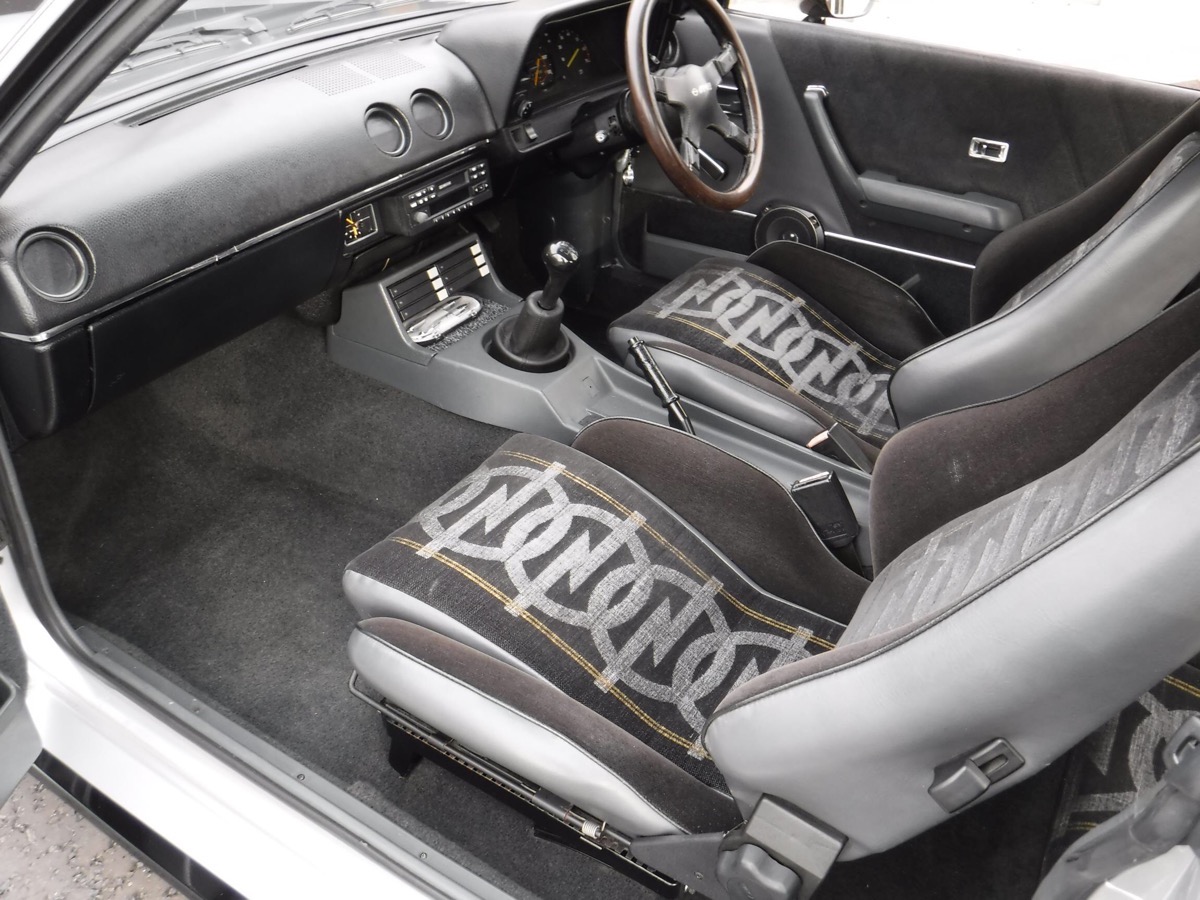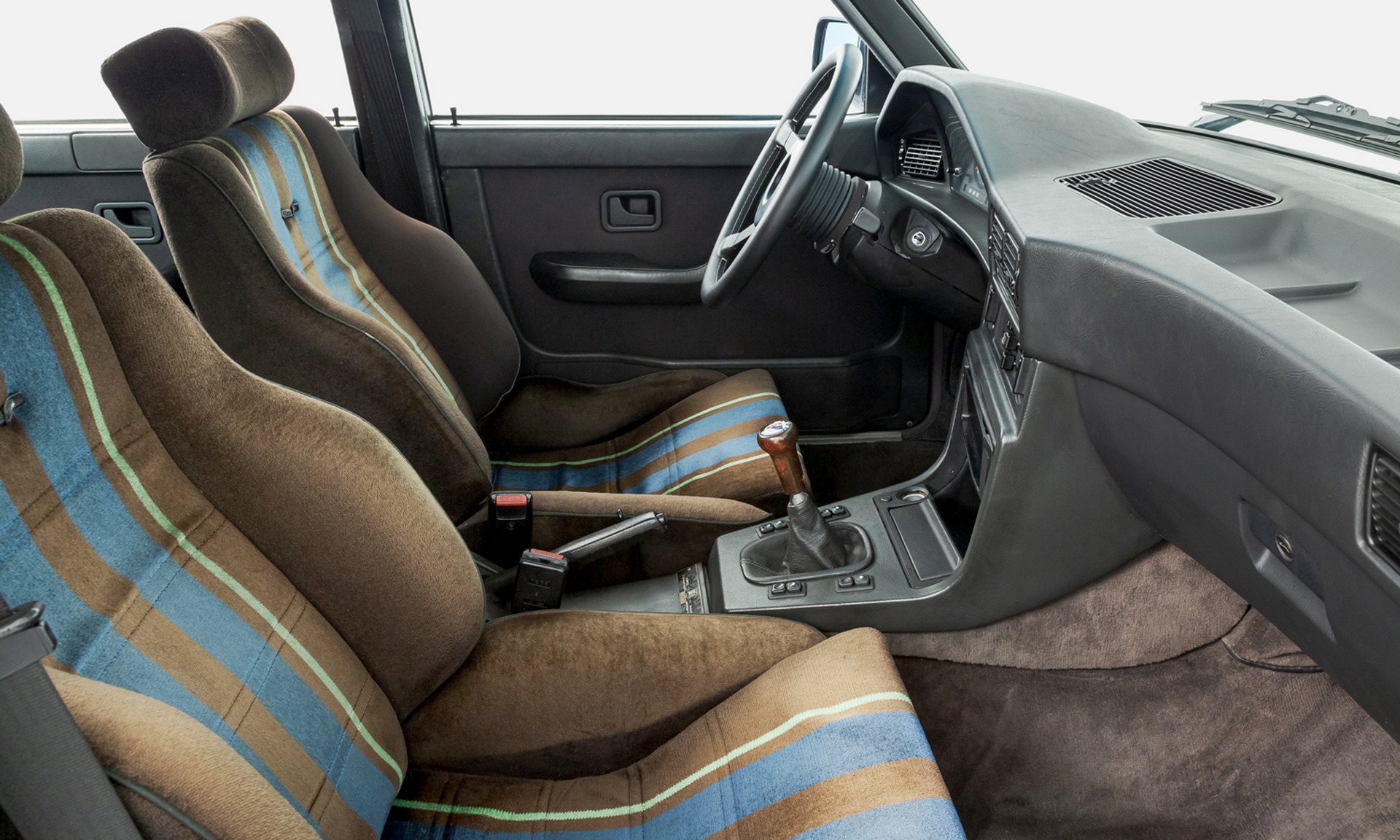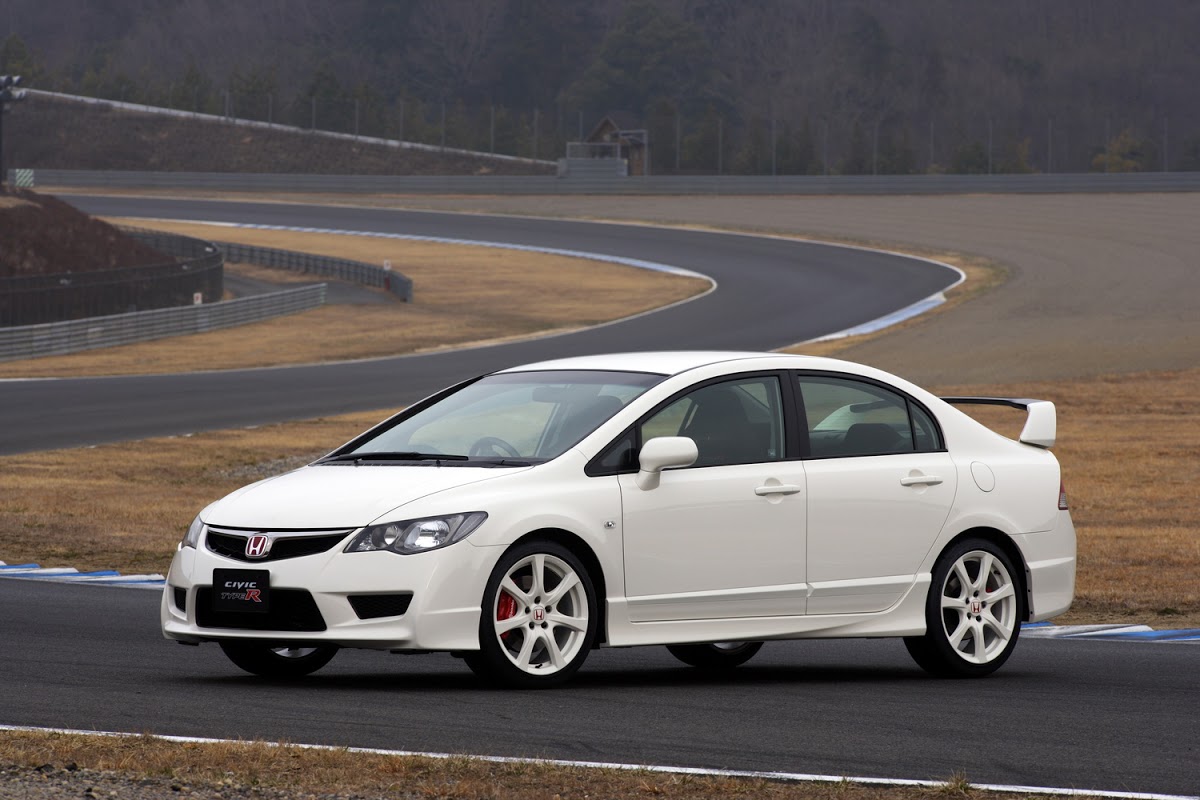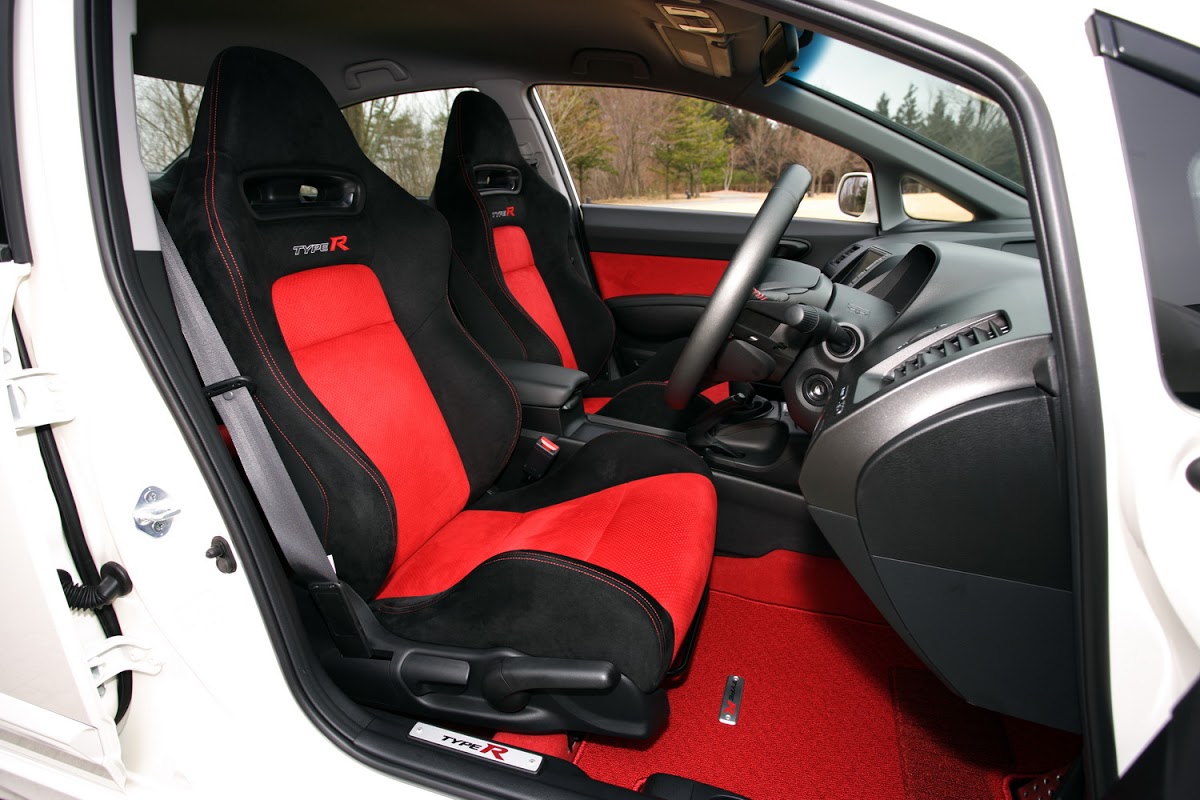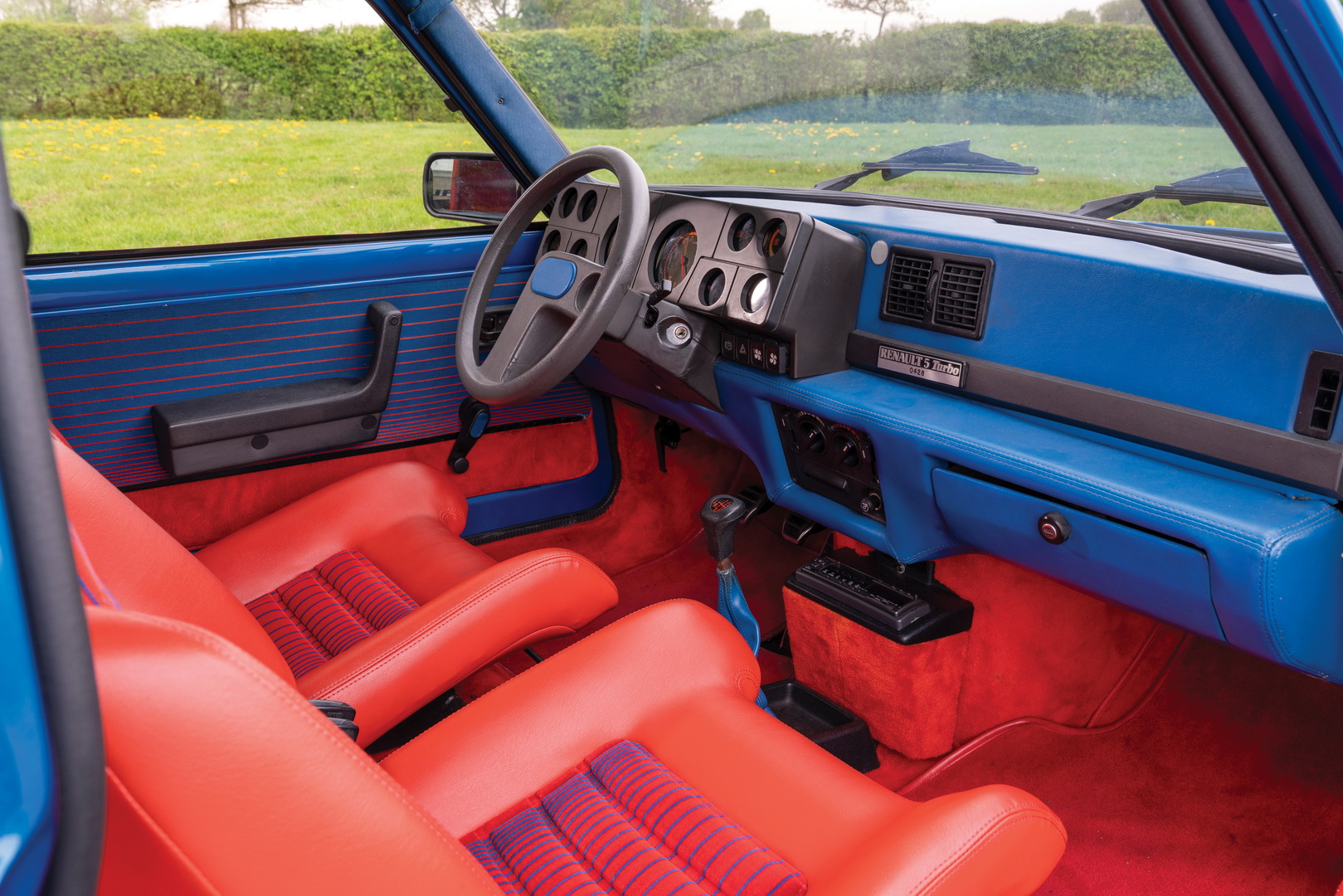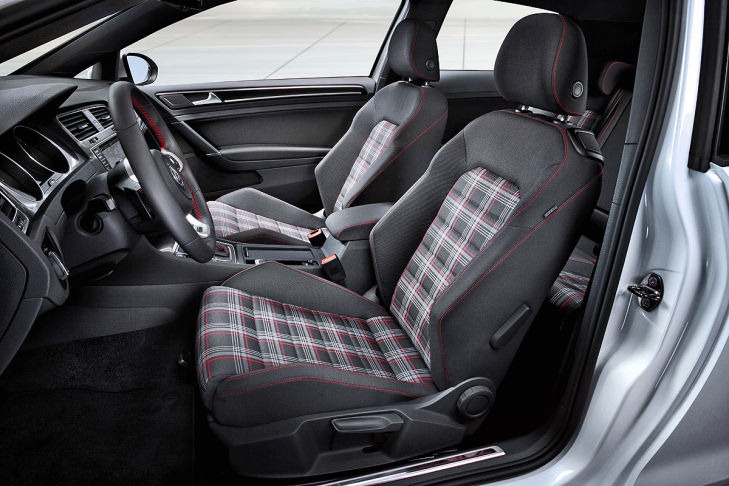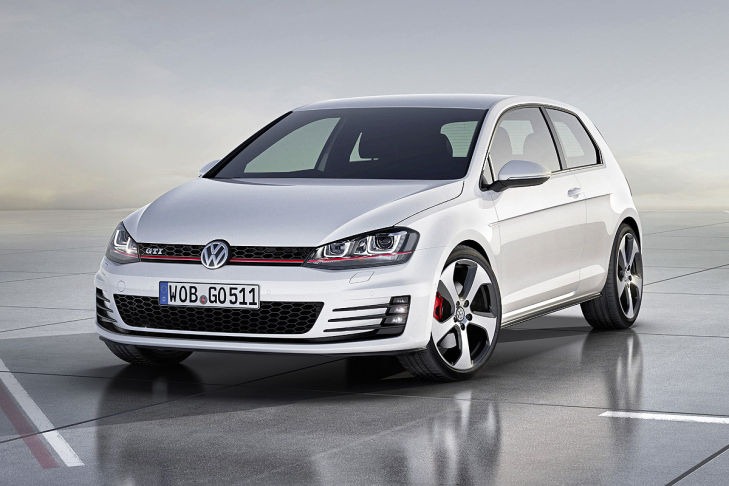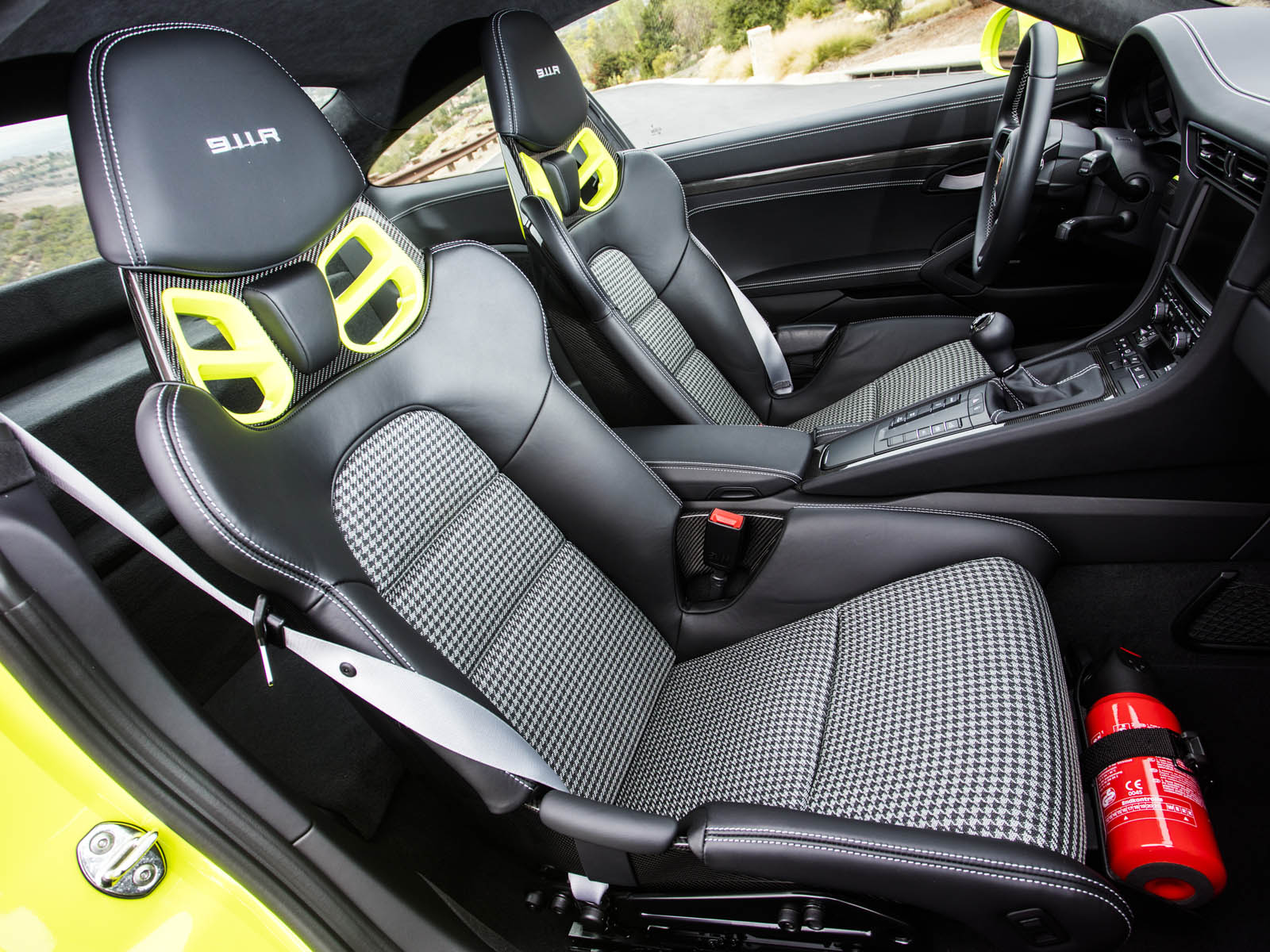Leather equals luxury. For years that was the message we got from the car industry, where expensive cars signified their status with hide interiors, and cheaper cars often came with vinyl styled to look like leather.
Remember Pontiac’s Morrokide? BMW’s modern equivalent is Sensatec and Mercedes’ has Artico, an update on the old MB-Tex seat coverings.
There’s a world of difference between the plasticky leather in a low-rung Jaguar XE, the supple feel of the Merino full-grain leather in a top-spec BMW and the natural look of the aniline leather in some Ferraris. Generally, however, a covering of cow hide makes make your interior smell nice and look smart.
But when we think back, many of our favorite interiors have featured cloth upholstery. Companies like Mansory, and even carmakers’ in-house special requests departments, can come up with some head-turning (and often stomach-turning) combinations of color and stitch pattern, but for the most part leather interiors are pretty plain.
Related: This Rare Ferrari 599 Aperta Has A Special Hermés Orange Interior
They also get hot in the sun and cold in the winter. And they’re everywhere. Leather has become so ubiquitous that it’s almost expected in anything beyond run of the mill runarounds, which means it no longer feels special. The tide seems to be turning, though. It looks like we’re heading to a future where the new mark of a luxury car might be that it doesn’t feature leather.
Mini and Volvo are two brands that will stop offering leather interiors because they don’t think they’re good for the planet, and so not a good fit for firms that will exclusively sell electrified cars from 2030 and want to project an eco-friendly image.
“We don’t need leather any more in the future, because we don’t believe it’s sustainable,” Mini’s design boss, Oliver Heilmer, told Autocar earlier this year.
“We’re totally convinced that we will have modern and high-value products without leather.”
And they’re not the only carmakers who either already offer, or plan to offer sustainable alternatives to traditional leather, which can require between three to eight cow hides to complete one car interior, according to animal welfare group PETA.
Apart from the fact that cattle farming is claimed to be connected to deforestation and livestock is estimated to account for 14 percent of global greenhouse gases, the rise of veganism means the idea of sitting on a dead cow’s butt doesn’t sit easy with an increasing number of car buyers.
VEGEA for BENTLEY – We are proud to announce our collaboration with Bentley motors for #BentleyEXP100GT car celebrating #Bentley100years
Interiors in Vegea for sustainable future luxury #BentleyEXP100GT #Bentley100Years
Vegeatextile project supported by @H2020SME pic.twitter.com/d2Cg48hvAw— VEGEA (@vegeacompany) July 18, 2019
>Bentley’s featured seats covered in vegan grape leather made from leftovers from the wine industry, and up to 89 percent of the textiles in the 2020-onwards Audi A3s equipped with cloth upholstery are made from recycled plastic bottles, 45 1.5-liter bottles going into each seat, and 62 into making a carpet.
Finding an alternative to leather might just mean simulating the look and feel of leather, but hopefully design teams will grab the opportunity to get more creative with their interior designs, as Audi has done.
Because if every car ever built had come with leather upholstery we’d never have got these incredible cloth interiors. Flick through the gallery and tell us which is your favorite, or perhaps nominate another.




